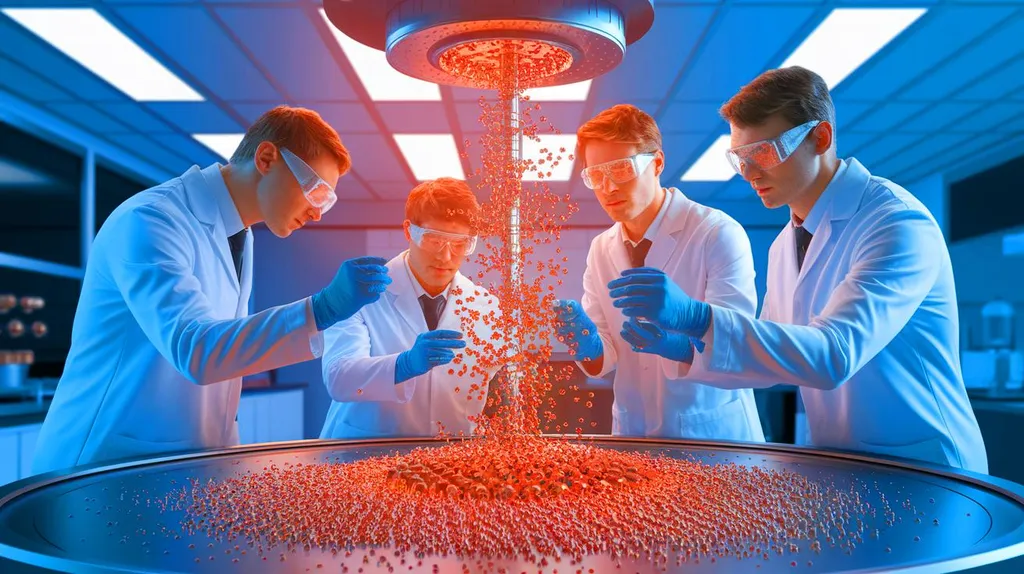Researchers at the University of California, Berkeley, have developed a novel approach to identify effective catalysts for converting carbon dioxide (CO2) into useful chemicals, a process known as the CO2 reduction reaction (CO2RR). This work, published in the journal Nature Communications, combines density functional theory (DFT) and machine learning (ML) to screen potential catalysts, offering valuable insights for the energy sector.
The team, led by Professor Alex Bell, focused on single-atom catalysts (SACs) on defective r-GeSe monolayers, evaluating their ability to convert CO2 into methanol, methane, and formic acid. These chemicals are valuable in various industries, including energy, pharmaceuticals, and materials science. The researchers employed nine different ML models to predict the free energy changes of reaction intermediates and products, a crucial factor in determining catalytic performance.
Among the models, XGBoost emerged as the most accurate, with an R2 score of 0.92 and a mean absolute error (MAE) of 0.24 eV, closely aligning with DFT calculations. The model identified nickel (Ni), ruthenium (Ru), and rhodium (Rh) doped r-GeSe monolayers as promising catalysts. Feature importance analysis revealed that CO2 activation, particularly the O-C-O bond and the interaction between the catalyst and the oxygen atom (IPC-O1), were key attributes in predicting free energy changes and products.
One of the study’s significant achievements was the incorporation of non-DFT-based features, enabling rapid predictions while maintaining high accuracy. The XGBoost model retained its predictive performance with an R2 score of 0.89 and an MAE of 0.29 eV. This accuracy was further validated using iridium (Ir) doped r-GeSe.
The practical applications of this research for the energy sector are substantial. Effective catalysts for CO2RR can help convert CO2, a greenhouse gas, into valuable chemicals, contributing to carbon capture and utilization efforts. This process can also help in the production of renewable fuels and chemicals, reducing dependence on fossil resources. Moreover, the insights gained from this study can guide the design of more efficient and selective catalysts, enhancing the overall performance of CO2RR technologies.
In summary, the researchers at the University of California, Berkeley, have demonstrated a powerful approach to screening and designing catalysts for CO2RR. By combining DFT and ML, they have identified promising catalysts and provided valuable insights into the factors influencing catalytic performance. This work represents a significant step forward in the development of technologies for converting CO2 into useful chemicals, with broad implications for the energy industry.
This article is based on research available at arXiv.

